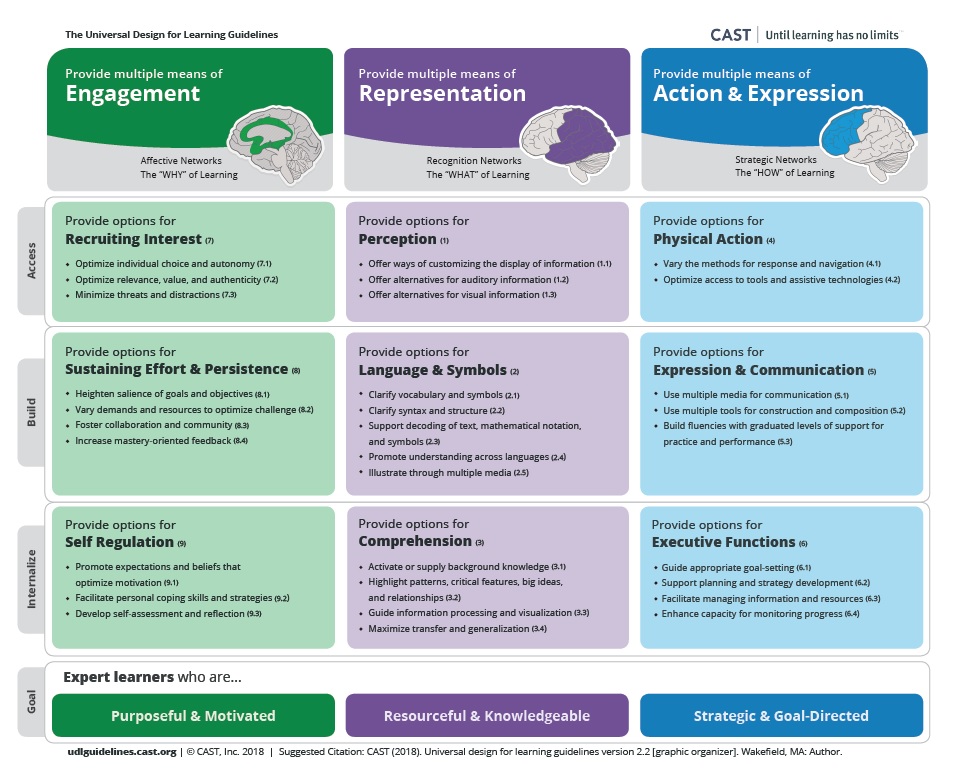Universal Support | Tier 1 is the typical classroom environment. The teaching strategies and instruction used here reflect both methods of differentiated instruction and universal design for learning. Classes are structured and planned to reach every student in the class, regardless of exceptionality, and the curriculum goals are not modified. Throughout this process, the classroom teacher monitors the progress of students and notes students who are struggling and falling behind their peers. |
| Targeted Intervention| Once the teacher has gathered enough evidence to show that a student or several students are struggling to learn, they are moved to Tier 2. Tier 2 includes more intensive, systematic instruction, often tailored towards a small group of students demonstrating similar difficulties. This could include extra help during school or after school, extra homework, varied readings, or co-teaching support. This Tier does not typically involve removal from the regular classroom environment; rather “the interventions take place in the original classroom, over a set period of time, with different students involved, depending on the skill or concept being addressed. Results of instruction and assessment are closely monitored. Once an individual or group of students has mastered the concept or skill, they can return to instruction at Tier 1 for future concepts and skills. |
| Intensive Intervention| If students are still struggling with material after a period of group instruction at Tier 2, they are moved to Tier 3. This tier involves increased intensity (more instructional time, smaller group size or individual instruction) and increased explicitness (more focus on teaching specific skills). At this level, resources from outside the classroom are brought in to facilitate the learning. This could include a special education teacher, resource room teacher, or administrator. Instruction is tailored to the specific student and is precise and personalised. Interventions in the third tier could also include instruction in learning strategies provided outside the content area classroom that will enable students to learn independently once they are in content area classes. |
|

